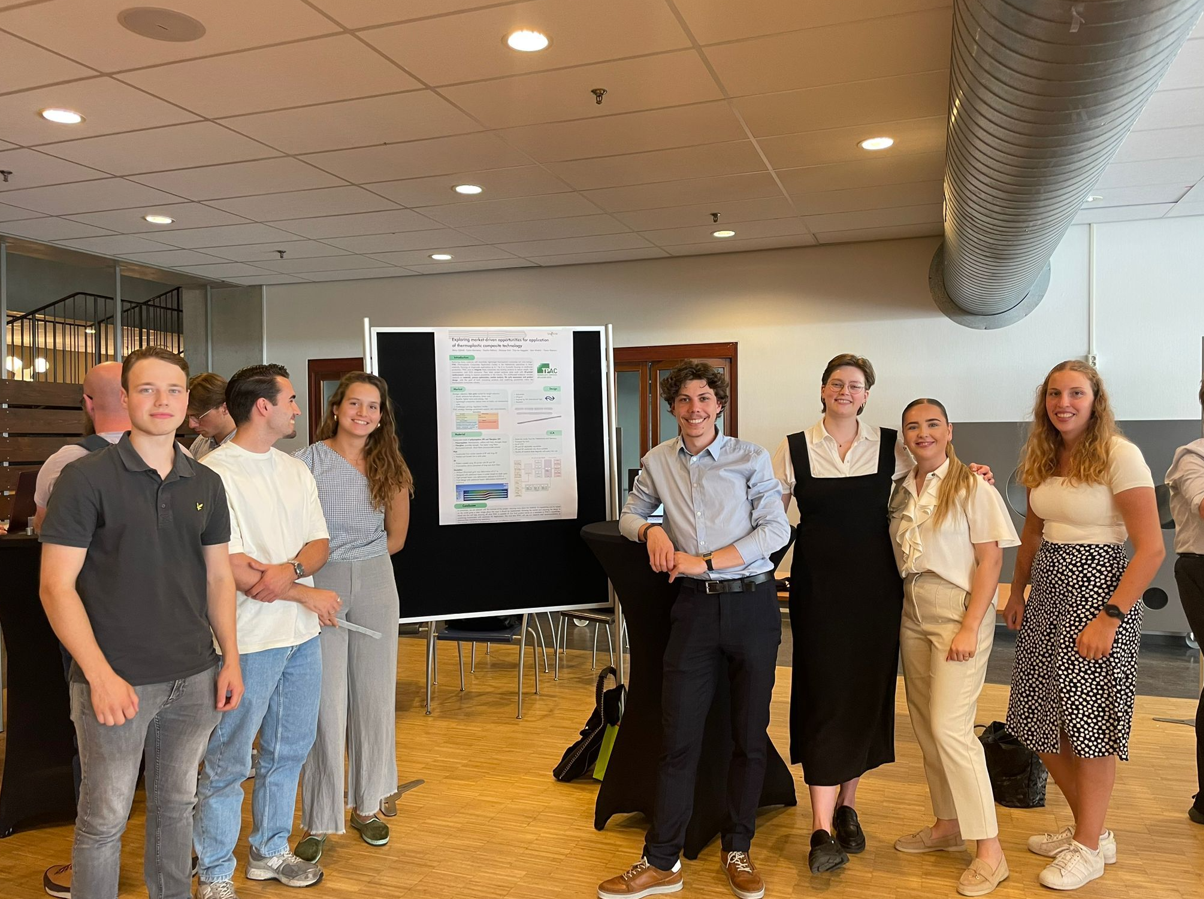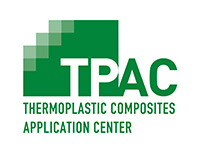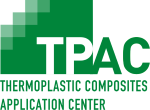A multidisciplinary group of Saxion students was given the task last semester to investigate market-driven opportunities for the application of thermoplastic technologies developed by TPAC. TPAC has been working for over 10 years on developing cost-efficient production technologies for thermoplastic composite products. We are noticing that more and more companies are eager to transition to thermoplastic composite materials due to their recyclability.

One of TPAC’s projects aims to deliver a technology demonstrator with dimensions of approximately 2 by 1 meters by 2026, incorporating various technologies such as 3D printing with continuous fibers. To achieve this goal, the research group now possesses all the necessary resources. The students’ so-called 3S project aimed to define and design a suitable demonstrator based on market research. The students took into account material properties, process capabilities, and production costs. A Life Cycle Assessment (LCA) was also conducted to understand the environmental impact. As a result of the project, the students delivered a design for NS luggage racks. The base plate of these racks is made of woven thermoplastic tape material. Stiffeners are printed onto this base using 3D printing technology, with continuous fiber-reinforced thermoplastics added to increase the product’s rigidity.
The students found the 3S project to be very educational and enjoyable. For TPAC, the project laid a solid foundation to scale up technological developments to large-scale industrial applications.

